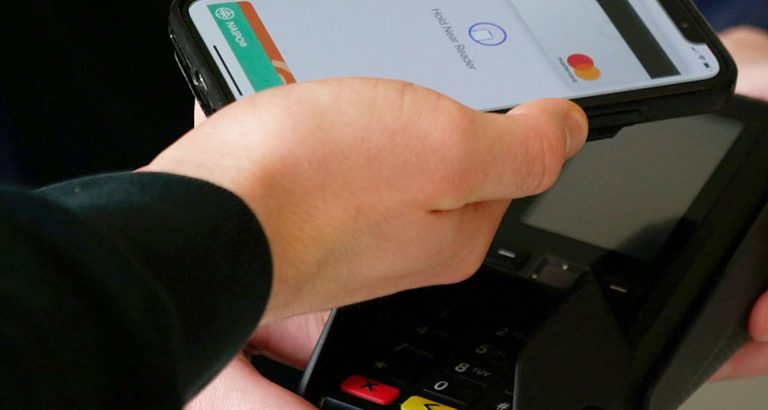Consumer card spending grew 4.2% year-on-year in September – less than the latest inflation rate of 6.3%, but higher than August’s growth figure of 2.8% – as the late summer sun boosted in-store spending.
Spending on essential items grew 4.6%, considerably higher than last month (1.0%), mostly thanks to an upswing in fuel spend driven by rising petrol and diesel prices, as well as a 7.0% uplift in spending on groceries, which was higher than August’s growth (4.5%).
While food price inflation has eased in recent months, more consumers in September (70%) said they were finding ways to reduce the cost of the weekly shop compared to August (67%). Of this group, almost half (49%) are buying budget or own-brand goods over branded goods in supermarkets. A further 52% of adults are taking advantage of multibuy deals, bundle offers, and buying items in bulk to reduce costs.
Almost half (47%) of those cutting back on grocery spending are now using vouchers or loyalty points to obtain money off at the check-out, while 41% are shopping at multiple supermarkets to source a range of deals.
However, many Brits are questioning whether these offers provide the best value for money, with 67% of shoppers believe that supermarkets inflate the regular price advertised for some products, so that the promotional prices offered through their loyalty schemes look like a better deal than they really are.
On the other hand, 40% have noticed supermarkets helping customers during the rising cost-of-living by cutting prices on certain items. Fruit and vegetables (33%), bread (23%) and tinned food (22%) are among the top items Brits have noticed price cuts on.
A higher proportion of consumers (76%) noticed examples of ‘shrinkflation’ in September than in August (71%), with chocolate (48%) remaining the most cited product impacted by this trend.
This comes as 59% of shoppers say they’ve noticed that some products have changed their packaging in order to disguise a product inside is smaller or weighs less, while 68% believe supermarkets should put labels on products informing customers when they have shrunk in size/weight without the price being changed.
As shoppers become increasingly cost-conscious, 47% have noticed more examples of “surge pricing”; where companies raise the prices of products and services during peak times, or when demand is higher.
Seasonal savers are also planning to cut back on food deliveries (59%), which may explain why the growth in spending on takeaways and fast food (6.5%) remained flat compared to August (6.4%), and well below first-half data (consistently above 9%).
One of the reasons for these Autumn savings is that 40% of Brits say they expect that this coming Christmas/festive period will be more expensive than last year. To help spread the cost, 20% has started to buy presents already, while 18% have spoken to loved ones to make a mutual agreement to cut back on gift-giving.
Esme Harwood, Director at Barclays, said: “Grocery spending tapered off over the summer, thanks to the long-awaited drop in food price inflation. Worryingly, growth sped up again in September, which could be an early warning sign that food prices may not come down as quickly as we’d hoped.
“Eagle-eyed shoppers have spotted more examples of “surge pricing” and “shrinkflation”, and are becoming sceptical about the value of supermarket loyalty schemes. Consumers are also starting to pull back their spending in some non-essential areas, so that they can put more money aside for the festive season.”
Jack Meaning, Chief UK Economist at Barclays, said: “Over the last few months a picture has been building of consumers beginning to pull back on discretionary spending as the cost of living and monetary tightening from the Bank of England increasingly bite. We’ve seen the warning signs from surveys, and now we see it in the more concrete spending data.
“This suggests the outlook for consumers, and the businesses that rely on them, is weak, even as they finally see their disposable incomes rise faster than inflation. It makes it hard to see anything but a relatively stagnant economy on the horizon.”





